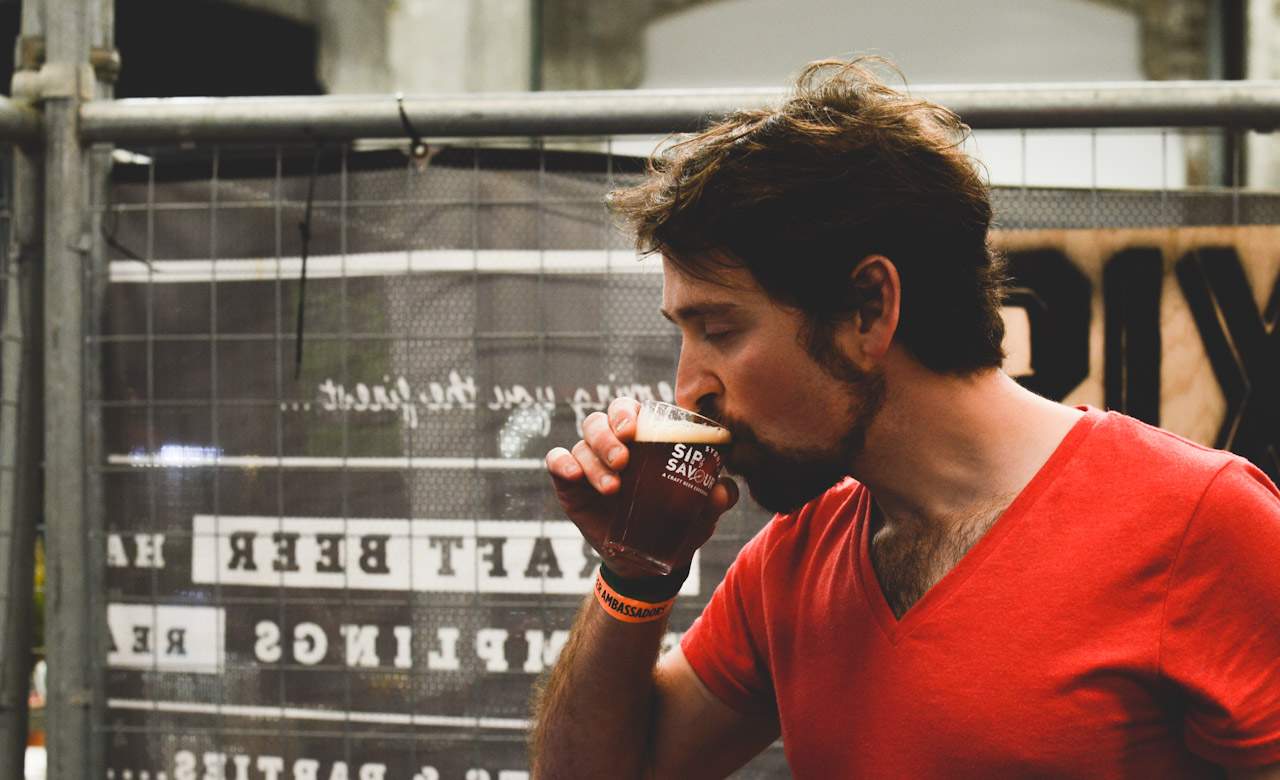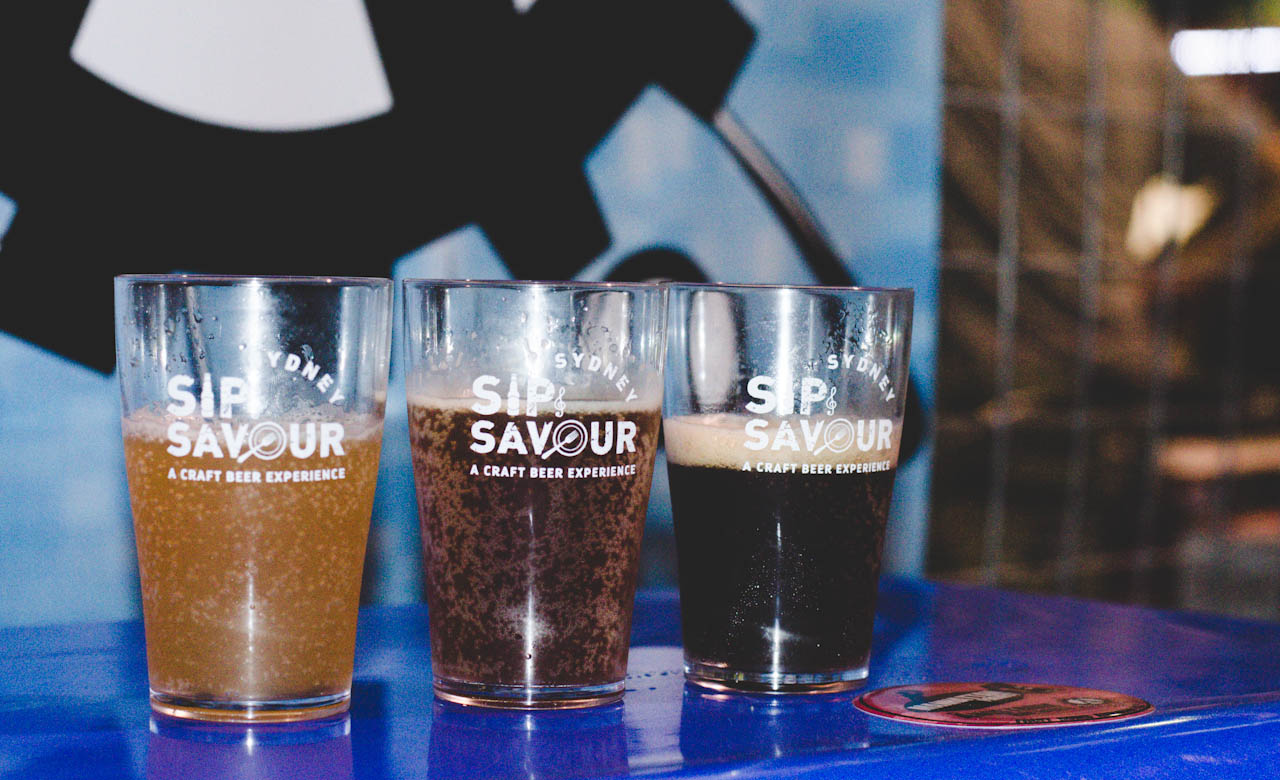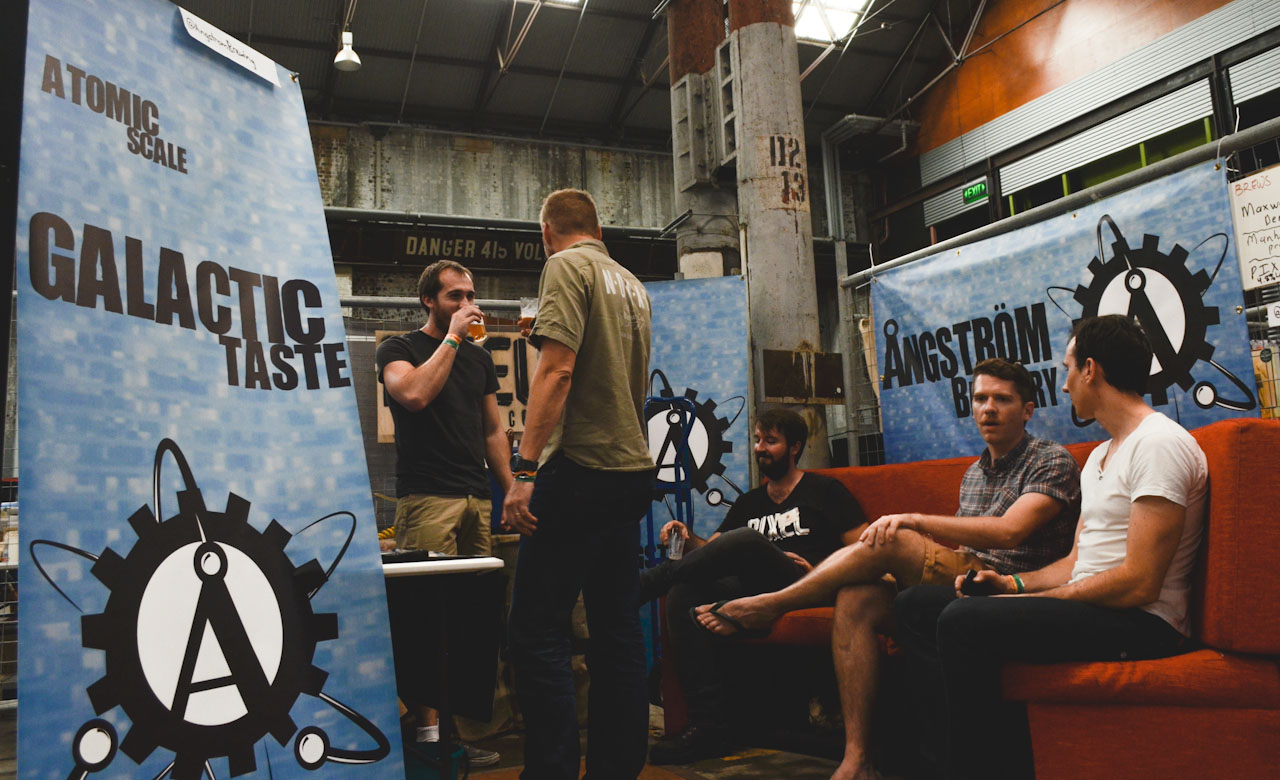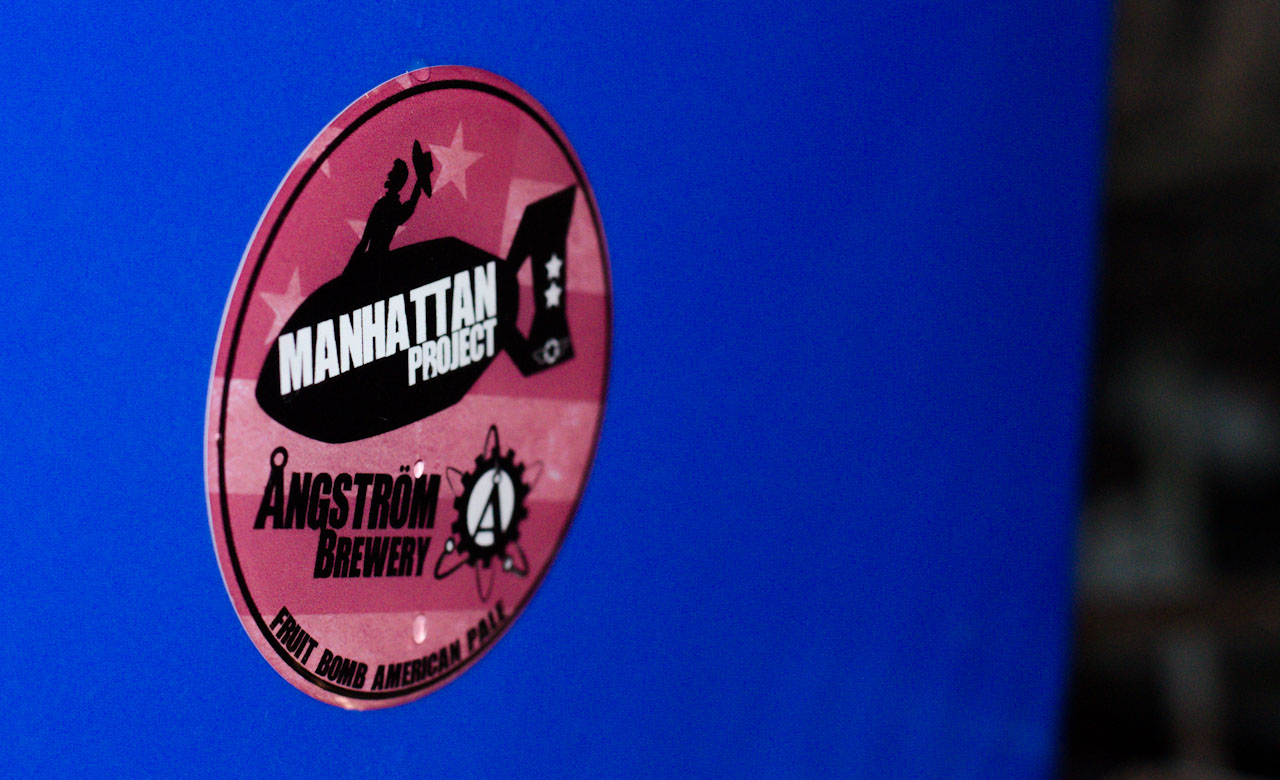Breaking Beer: How Angstrom Use Science to Perfect Their Brews
It's all about the metrics for these Sydney physicists and brewers.
Mikkel Borg Bjergsø is an ex-high school physics teacher who has become one of the most prominent gypsy brewers in the world with his well-loved Mikkeller beer. He's basically a legal, Danish version of Walter White.
While chemists may naturally turn to meth labs, physicists seem to turn to beer. Sydney University physicists Scott Brownless and Chad Husko have followed Bjergso's lead in starting up their own, teeny tiny Angstrom Brewery, which is not a microbrewery and not even a nano-brewery; it’s an Angstrom brewery. For those of you who skipped physics class, “Angstrom is 1.0 × 10-10 metres, which is roughly the size of an atom”, Scott explains.
Chad arrived in Sydney four years ago from Chicago and says he could tell the microbrewery scene was about to “blow up”. And Sydney seems well and truly ready for what they’re selling, if their launch at Kingston Public three weeks ago is anything to go by. They came prepared with three kegs of beer, which were consumed in three hours. Scott is delighted to tell me, “We’ve got the metrics and that’s a beer being poured, at this very small bar, every 30 seconds for three hours straight.”
![]()
The Scientific Method
"Dude, I actually think I have a Maxwell's in the fridge upstairs!" This is the kind of hospitality I was met with at 7.30am in the Physics lab at Sydney Uni, where the pair work on super-resolution and microstructures in optics. They tried to set me straight on their science, but I’m pretty sure what they're actually doing is making an invisibility cloak so they can drink their beer in peace.
They are young and smart, bona fide geeks but gregarious enough that you’d want to have a beer with them (just maybe not before 8am). And they’re not alone in the Physics Department in their love of brewing. Chad estimates he could find at least ten home brewers on his floor alone. He explains it’s not isolated to Sydney and that at his lab in New York they used to hold a regular home brew happy hour. Why the link between physics and beer? Chad has two words for me: “parameter space!” Scott kindly elaborates, “What physics brings to the table is the scientific method. There’s a huge parameter space in beer and we need to figure out a way of exploring that. Every small aspect of the beer has to be controlled — temperature controlled, pH controlled, you have an infinite set of creations of malts and hops that you could be using here.”
While an artisan baker may spend decades 'getting a feel for' natural yeast and learning to love its unpredictability, these guys do not get a feel for the European Saison yeast they use in their craft; they get a metric. “That’s what we do well, we try to map the optimum beers; how-you-move-uphill-in-your-tastes kind of metric,” says Scott. “I have a record of every recipe I’ve made since 2002,” adds Chad. And when he says ‘record’ he means long spreadsheets full of data, not a scribbled note in a Moleskin diary under his bed.
![]()
A lesson in a bottle
Scott and Chad are well aware that people may not want a science class thrown at them while they consume a cleansing ale, but if they do, each of the bottles will don a label explaining the scientific principle behind the name (once they graduate from delivering kegs out of the back of a car to bottle distribution).
For example, their Maxwell’s Demon Farmhouse Ale is named after a thermodynamics thought experiment where you imagine that entropy is in fact not always expanding but instead decreasing. "And the reason that works so well with our beer is that ... you hear Maxwell’s Demon and you think kind of dark and smoky and that’s what that beer is, but if you know the reference, you know that it’s a thermodynamics principle, which connects in very well with these farmhouse yeasts, which are very temperature controlled”, explains Scott.
And while the Manhattan Project American Pale Ale may need no explanation, Chad is from New York's Columbia University, where the Manhattan project began before they all upped and left to New Mexico to work on the atomic bomb. The project was "the best scientists of the time working together. They all stopped their normal research and worked like crazy to end the war as it were. It was the birth of nuclear science, essentially," Chad explains.
No doubt if all of today’s best physicists stopped work and started brewing beer tomorrow, we would be living in a hop-filled utopia within five years. Thankfully for Sydney, two of the brightest are already working steadily on their very own 'hop bomb'.
![]()
Images by Annabel Campbell.








